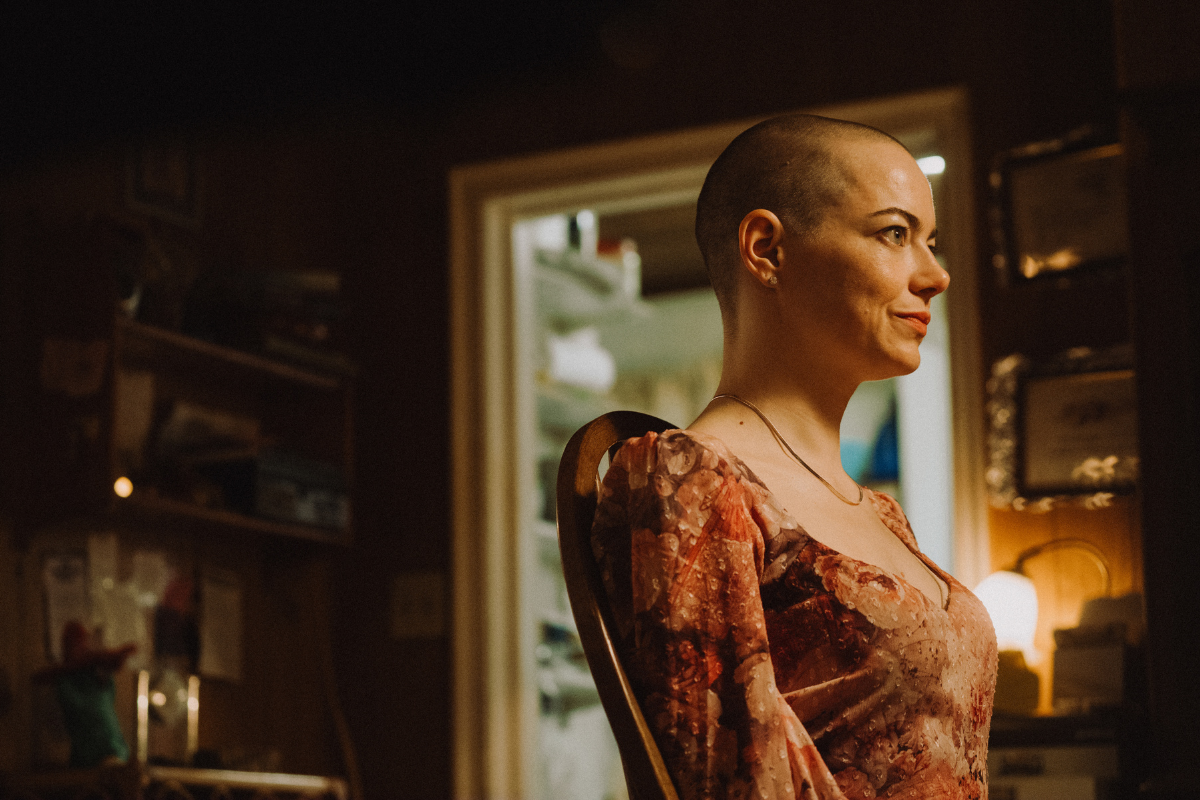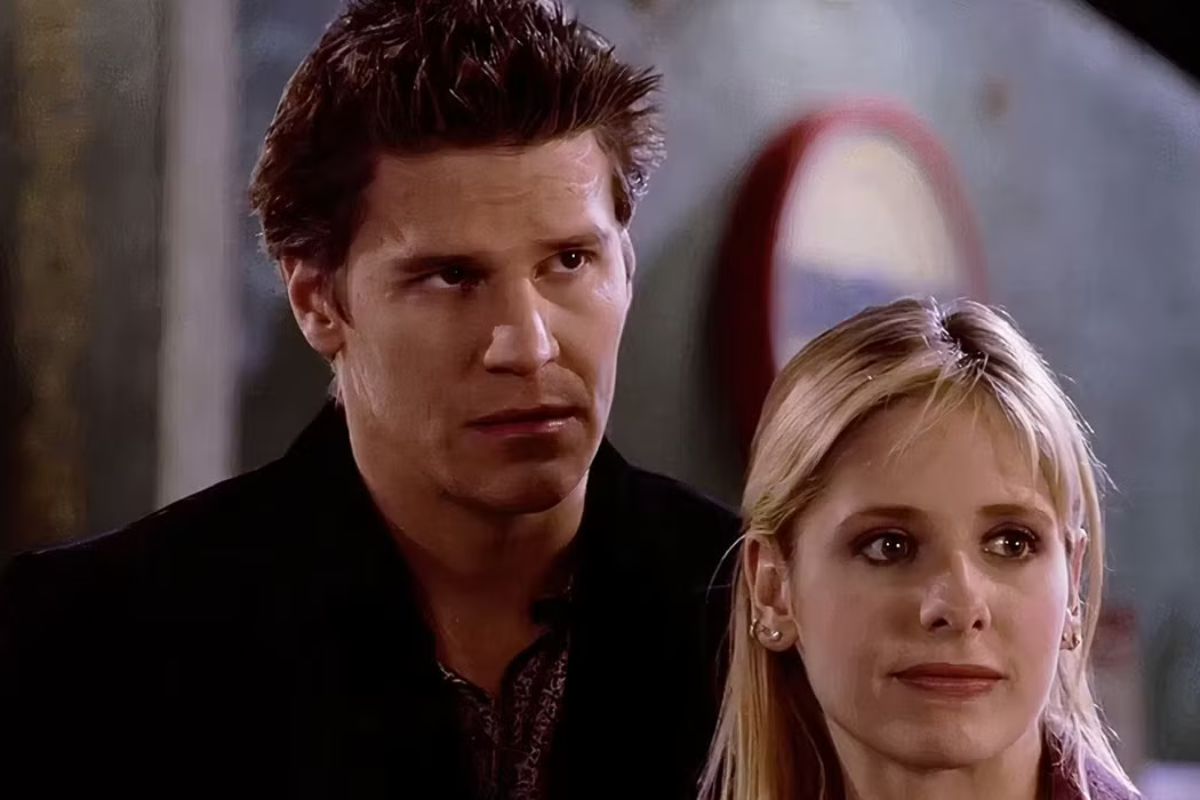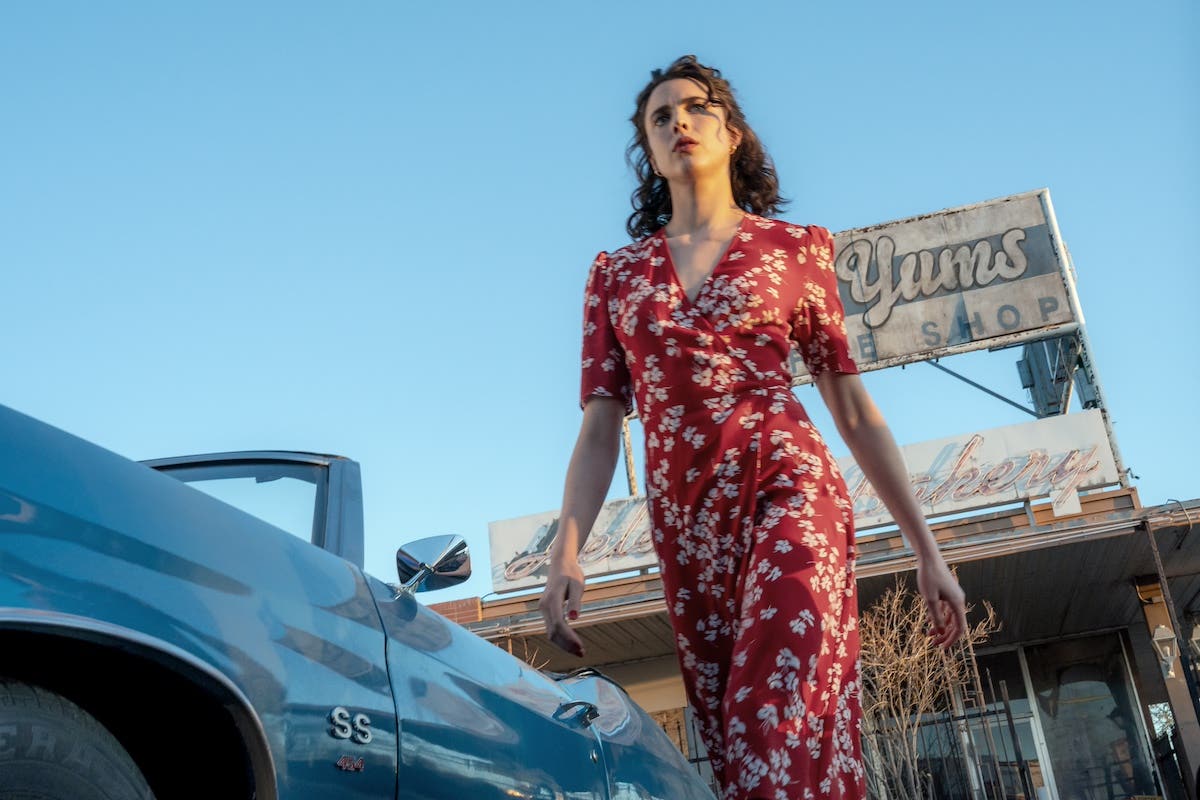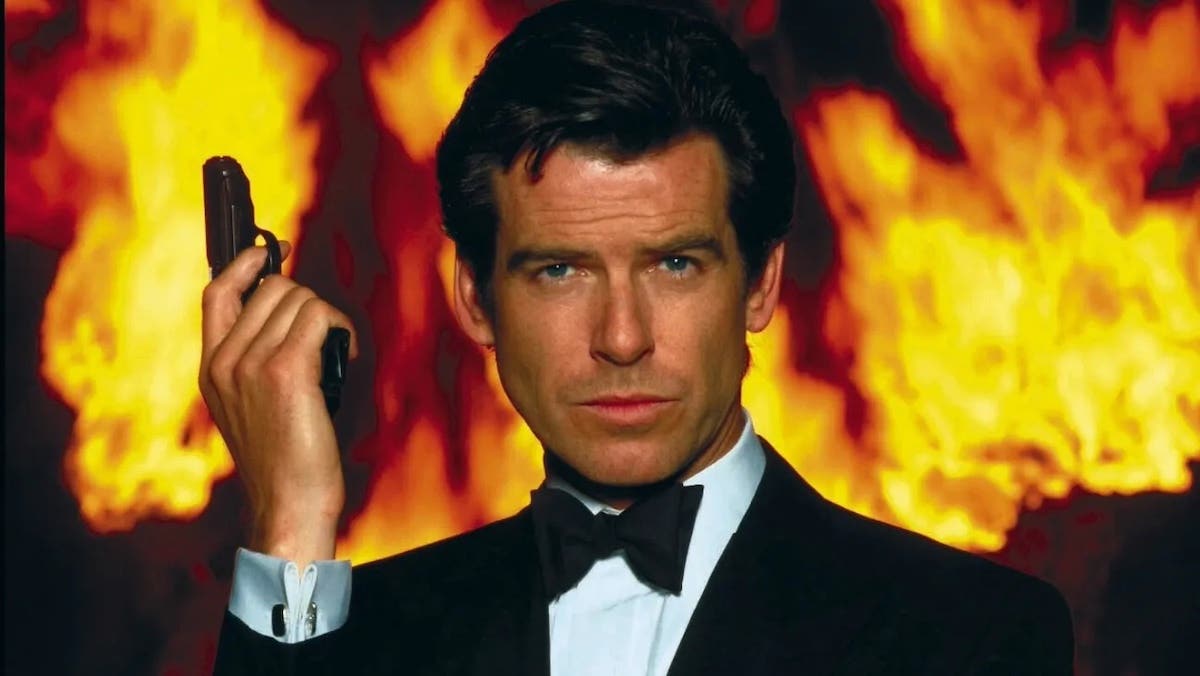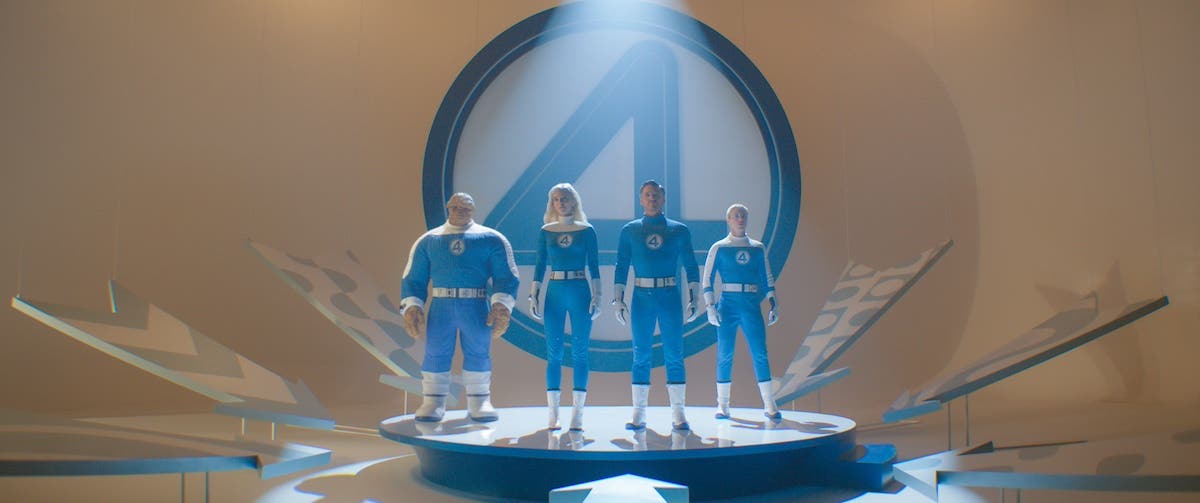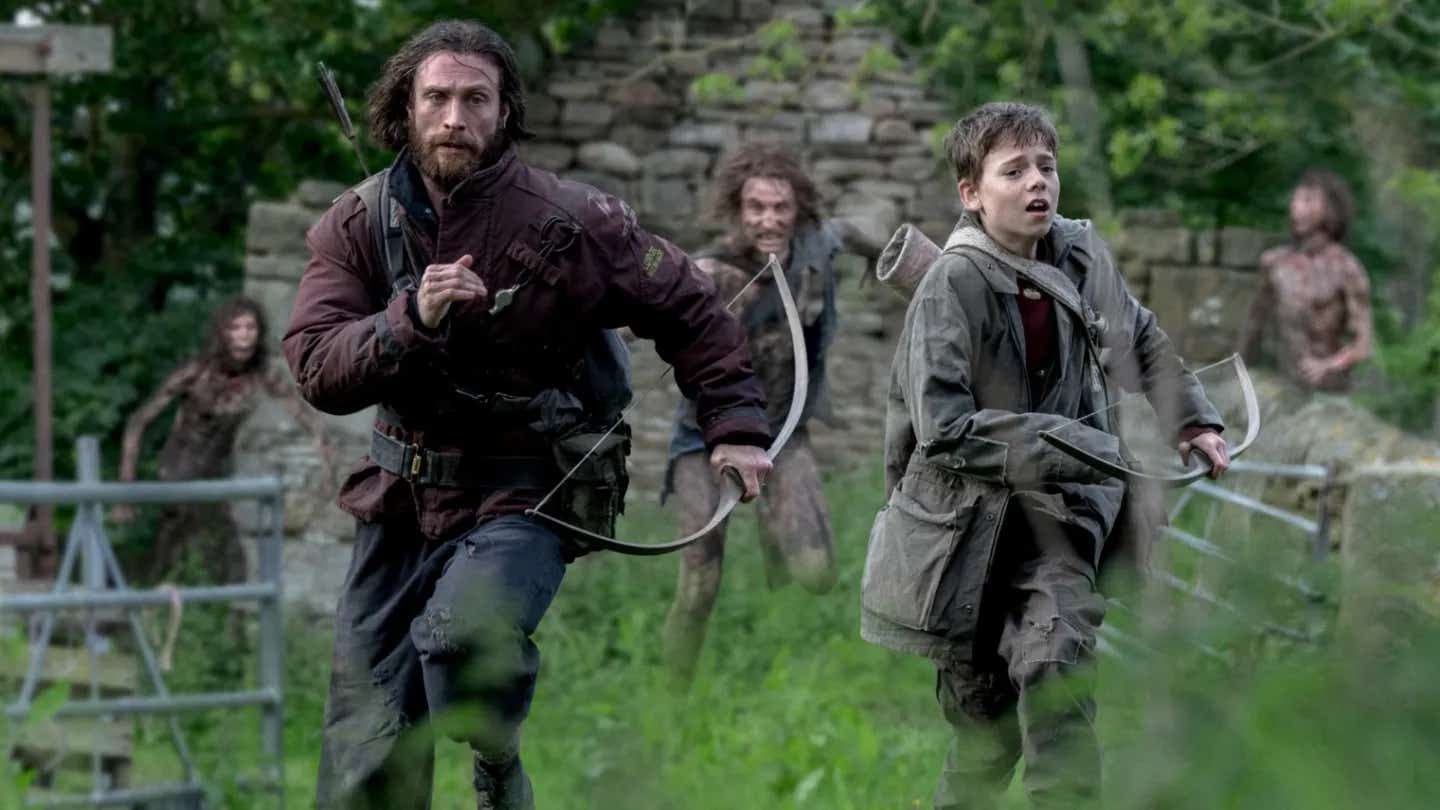Martin Scorsese, His Hugo, and Deism
Scorsese’s Hugo (based on the book by Brian Selznick) joins the ranks of Victor Hugo’s Les Miserables and Voltaire’s Candide, other stories with Deist messages, as a profound piece of film literature about our un-accidental places in this world.
Hugo is not boring. In times of unprecedented natural chaos and as a dark-and-darker global economy looms, Hugo suggests a comforting view of life as a purposeful experience with a happy ending. #Occupy1930sParis this film is (thankfully) not.
The image of the boy hanging off the big clock-face does not do enough to convey the film’s deep, pro-social message. James Cameron told The Hollywood Reporter, "It is magical to watch. This is absolutely the best 3D cinematography I've ever seen."
I would say it is even religious to watch.
Little note has yet been made of Hugo (from the book by Brian Selznik) as a profound work of Deist philosophy.
Yes: Hugo comes from Martin Scorsese, the same director who spent a career giving us masterpieces of violent Catholic misogynist guilt the likes of Taxi Driver, Raging Bull, Goodfellas, and 2007 Oscar® for Best Picture The Departed.
Well, in three marvelous hours, this bushy-eye-browed, friendly wizard has something downright nice to say. (As he did with The Last Temptation of Christ, about Jesus. As he did with Kundun, about the Dalai Lama.)
That message is that life is as beautiful as a movie. One’s life is a movie. Directed by God. And God is a director Whose Story of the World possesses no excess scenes, no extra characters, no unnecessary detail. (No small order for screenwriter John Logan, who so elegantly, whole-heartedly delivers on the script, built over from the book — every character and every relationship has a purpose and relevance to the story, and message. And to those who would trounce Sacha Baron Cohen’s role as the terribly officious station inspector: He made me laugh every time he was onscreen.)
There is an important scene when Hugo confesses to his only friend, Isabelle, his feeling that the world is like one big machine; and no machine has extra parts … every part has a purpose. Well, if people are like parts in the “big machine,” there can then be no extra people in the world. Hugo wonders, “What’s my purpose?” What a lovely use of logic and metaphor!
From The Stanford Encyclopedia of Philosophy, “Deism is the form of religion most associated with the Enlightenment. According to Deism, we can know by the natural light of reason that the universe is created and governed by a supreme intelligence; however, although this supreme being has a plan for creation from the beginning, the being does not interfere with creation” (“Enlightenment”).
A traditional metaphor for the Deist conception of God is of God as a watchmaker. God has built the watch (Creation) so perfectly, it can now just run on its own and every gear, every gizmo, every do-dad, has a precise purpose. So, God can step back now and watch the clock go. It is no accident that clocks and watches figure so largely into Hugo's plot, and the job of clock-winder in the train station is literally the boy’s (and all-too-absent father, Jude Law’s) occupation.
In Hugo, the incredible 3D “depth of detail” Scorsese has fashioned with his train station main setting and surrounding 1930s Paris world-of-story thematizes a main tenet of Deism — belief in God on the evidence of reason and nature only. No cranny is too small to be seen, no snowflake cascading unimportant. No boy is unimportant. Nor un-belonged.
According to The Stanford Encyclopedia of Philosophy, “Isaac Newton inadvertently encourages Deism in his Opticks (1704) by arguing that we must infer from the order and beauty in the world to the existence of an intelligent supreme being as the cause of this order and beauty” (“Enlightenment”). Beauty is all a matter of rational perspective. (Like putting on 3D-glasses!)
In fact, similar in spirit to Woody Allen’s hit Midnight in Paris, Scorsese shows a loving director’s fine attention to detail with the historical celebrity “cameos” in the film — Django Reinhardt, James Joyce, and Salvador Dali mark the cast of characters, yet blink and you might miss them.
Paris in the 1930s has room for these famous, important people, and yet, also, a little boy named Hugo. He is our main character, not them! They have their space in the world and historical time … and our Hugo has his … and George Méliès has his.
In the story, at first no one even recognizes the saint-in-disguise of George Méliès (Ben Kingsley), an important innovator and artist of early cinema. At first, George appears to be just a mean old man who runs a toy store at the train station. How often do we forget our true selves, our true best natures?
Discovering “Papa George’s” forgotten, secret identity is an important plot point and surprise to Hugo and Isabelle. They begin to realize how everything relates. It’s all coming together for them. They realize they are participating in a great adventure — of life — full of inter-textual references and allusions stretching forward and backward in time — no new device for Scorsese, the king of references and allusions.
Perhaps we would do well, as adults, to live life with this same gusto for discovery and purpose and wonder as Hugo and Isabelle and others learn in the film.
Thus, Scorsese’s Hugo joins the ranks of Victor Hugo’s Les Miserables (a new production underway starring Hugh Jackman, Russell Crowe, and Anne Hathaway) and Enlightenment French author Voltaire’s Candide, other stories with Deist messages.
Still unconvinced? Consider this famous Deist statue The Thinker by Rodin, located in Paris:
And compare him to the Automaton from Hugo's (story, again, located in Paris):
As Voltaire’s Candide concludes at the end of his own story, “All is for the best in the best of all possible worlds.”
So, then, with Hugo; so, then, with you.
Robert Piluso is a Professor of English at Mt. San Antonio College, film critic (The Essential Sopranos Reader), screenwriter (CS Expo 2011 Winner-Best Comedy Script, Strum & Wail; Austin Film Festival 2012 Feature Comedy Second Round), poet (Dash, The Chaffey Review). He earned his Master of Arts in English from CSU Fullerton and his Master of Fine Arts in Writing for Screen and Television from the University of Southern California. He is the author of the illustrated novel Redemptor Future Shaman. He lives in Southern California with his daughter.


